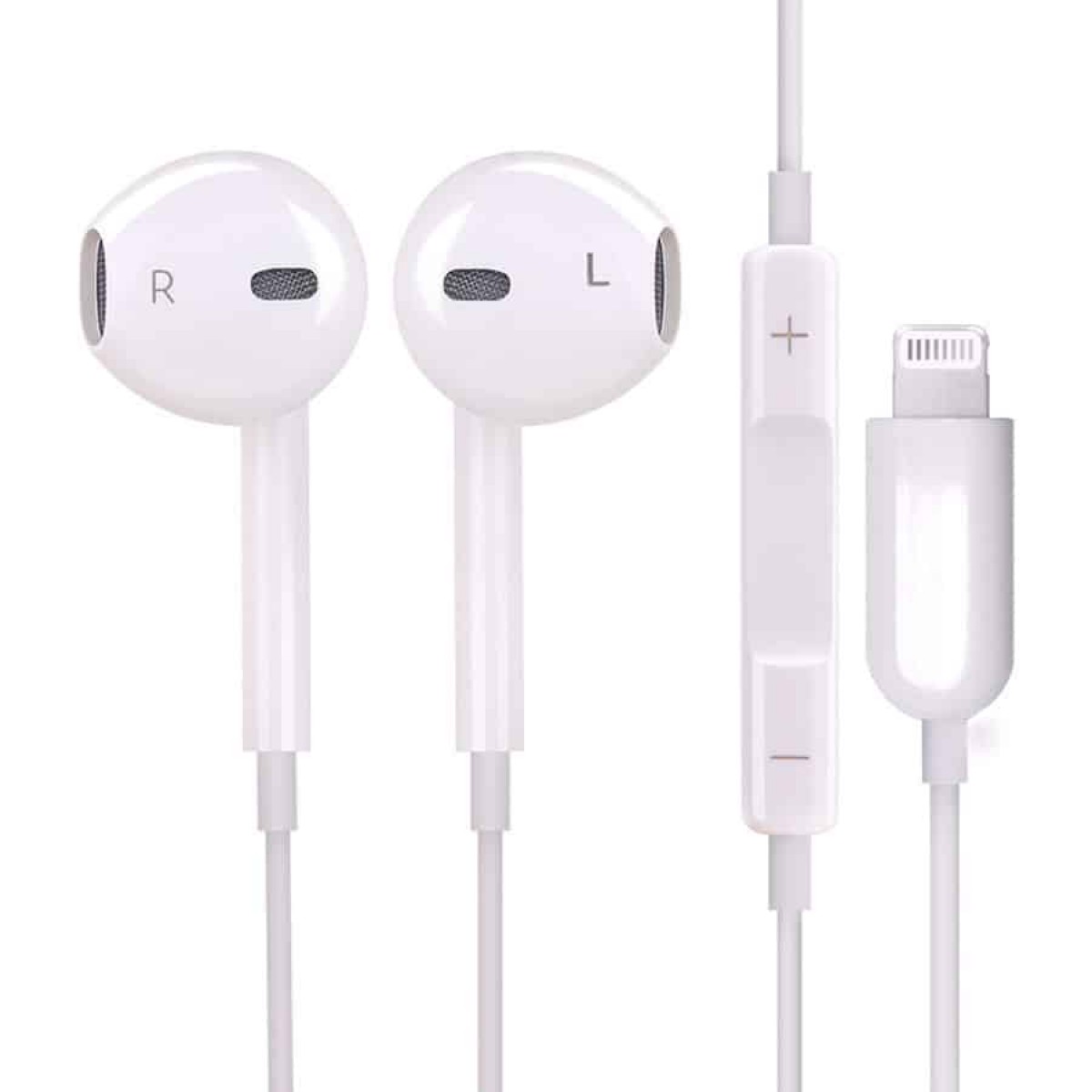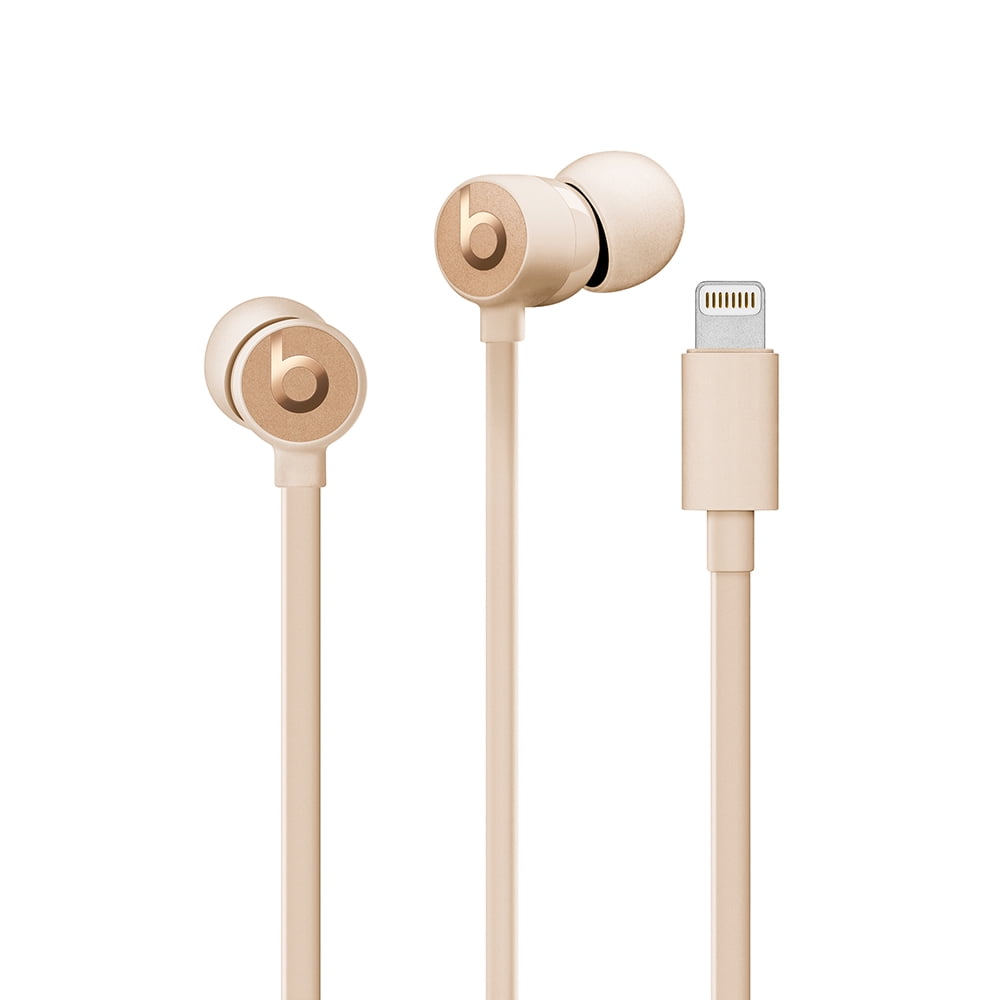

Still for those with a large stockpile of Lightning port cables it’s a bittersweet change. The offering makes it easier to move large files to and from an iPhone. Using that cable, the phones can transfer photos, videos and other files at 10 gigabits per second, which is 20-times faster than transfer speeds on lower-grade iPhones, Apple said.
#APPLE EARPHONES WITH LIGHTNING CONNECTOR PRO#
For the iPhone 15 Pro and Pro Max models, the more expensive of the roster, the port also supports a USB-3 connector. While compliance with EU rules may be a factor in the company’s decision to switch charging ports, the USB-C offers another advantage that Apple is selling to its customers. For example, AirPods can recharge by being plugged into the iPhone 15. The shared technology means Apple customers will be able to charge their devices by plugging them into each other. Apple’s traditional wired headphones and the AirPods Pro 2nd Generation, which launched last year, have also been updated with the new connector. In addition to charging the new iPhone, the USB-C will be able to power newer MacBooks and iPads. While there had been speculation that Apple might opt to skip USB-C altogether and move straight to wireless charging, the company ultimately complied with the EU rules and made it the company-wide standard. The sting of the forced switch was lessened by the fact that the connector was a big improvement over its predecessor-its ambidextrous shape meant it could be plugged into a phone regardless of orientation there was no up or down side. The last time iPhone owners had to repurchase all their cables was in 2012, when Apple i ntroduced the Lightning connector. From floppy disks to optical drives, Apple has a history of ruthlessly eliminating unwanted baggage, whether users like it or not.

And as any longtime Apple customer can attest, the company is famously unsentimental about abandoning old technology when its product design plans call for something new. The change marks the second time Apple has changed the iPhone’s charging technology since it launched the original iPhone in 2007. Given that Apple sells Lightning cables for between $19 and $29, depending on length, that’s a not inconsiderable investment that will suddenly become worthless.

noise coming from our right should sound louder to our right ear than our left ear. It works because thats how our brain interpret which direction a noise is coming from, e.g. But it also means that iPhone owners will need to replace all those Lightning connector cables in their homes, offices, and cars. Instead of using multiple speakers, headphones can achieve 'virtual' surround sound by changing the loudness, tone and timing of the noise.


 0 kommentar(er)
0 kommentar(er)
